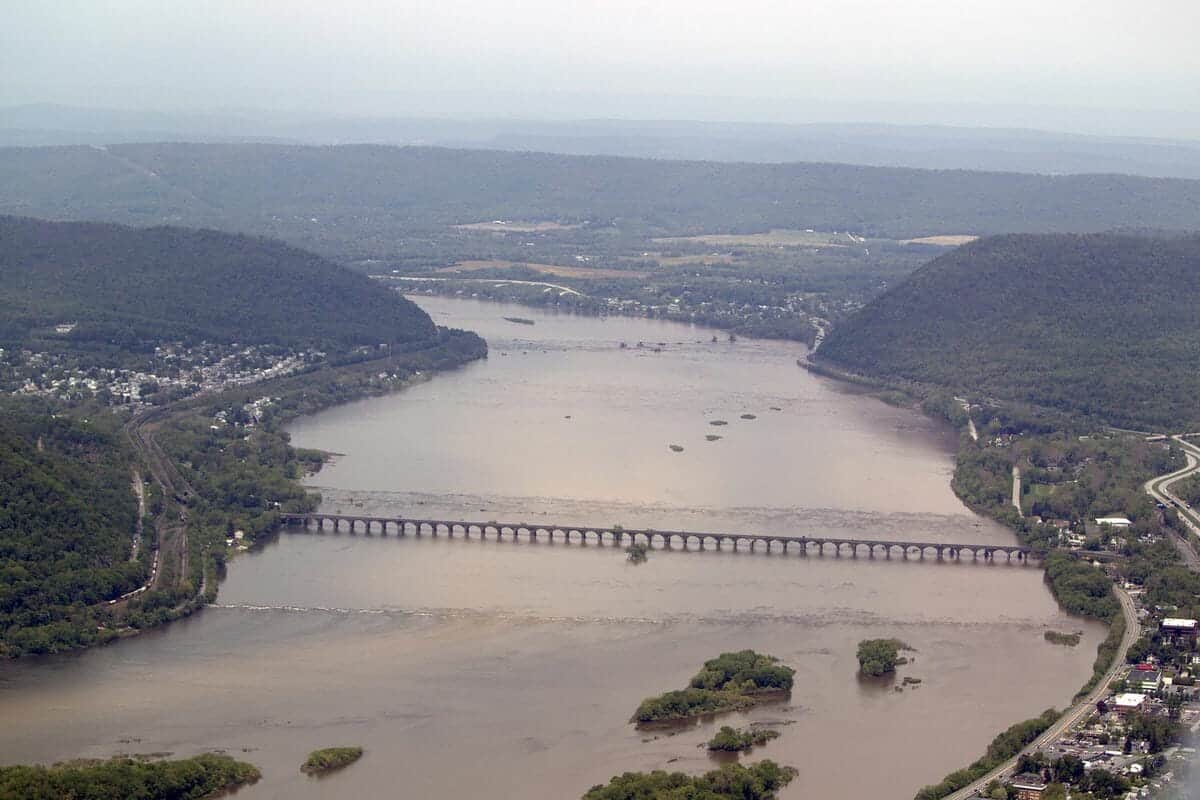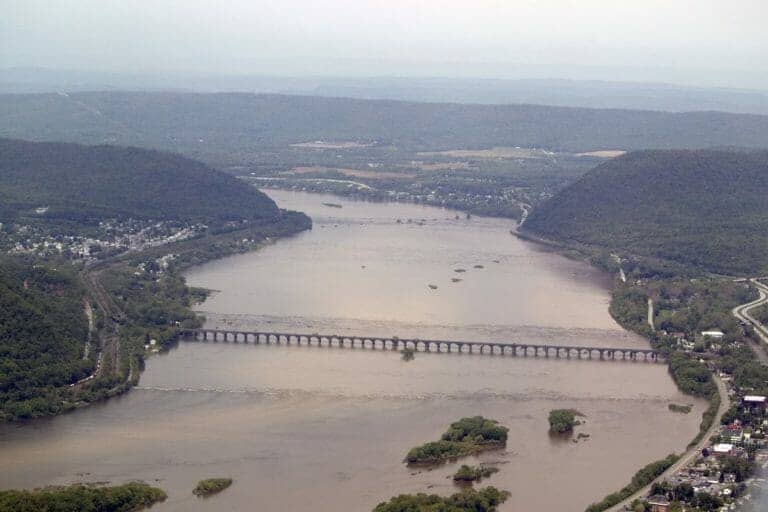Photo: Pennsylvania’s “Category 5” streams include the Juniata and Susquehanna rivers and many creeks, such as the Yellow Breeches in Cumberland County.
More than a third of Pennsylvania’s lakes and a fifth of its streams are impaired, meaning that pollution has (or should have, anyway) hindered their use for drinking water supplies, fishing, recreation or the aquatic life that call the waterways home.
Perhaps the best illustration of the scale and scope of the problem is a map of so-called “Category 5” streams assembled as part of the state Department of Environmental Protection’s latest water quality monitoring report. A dense, interconnected network of squiggly red lines criss-cross the state, marking streams with the most severe impairment requiring limits on certain contaminants.
These “Category 5” streams include large swaths of the Juniata and Susquehanna rivers and many creeks, such as the Swatara in Dauphin County and the Yellow Breeches in Cumberland County. And those are just the examples in central Pennsylvania. You can learn about your local waterways here.
Pollution issues on these waterways have been known about for years, if not decades, but the DEP’s latest report determined that stretches of the Juniata from Huntingdon County to its mouth in Duncannon and the Susquehanna from Duncannon south to to the Route 462 Bridge near Columbia in Lancaster County are also […]
Full article: What is an ‘impaired’ waterway and why are there so many of them in Pennsylvania?



